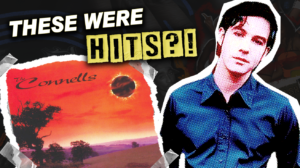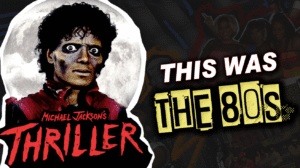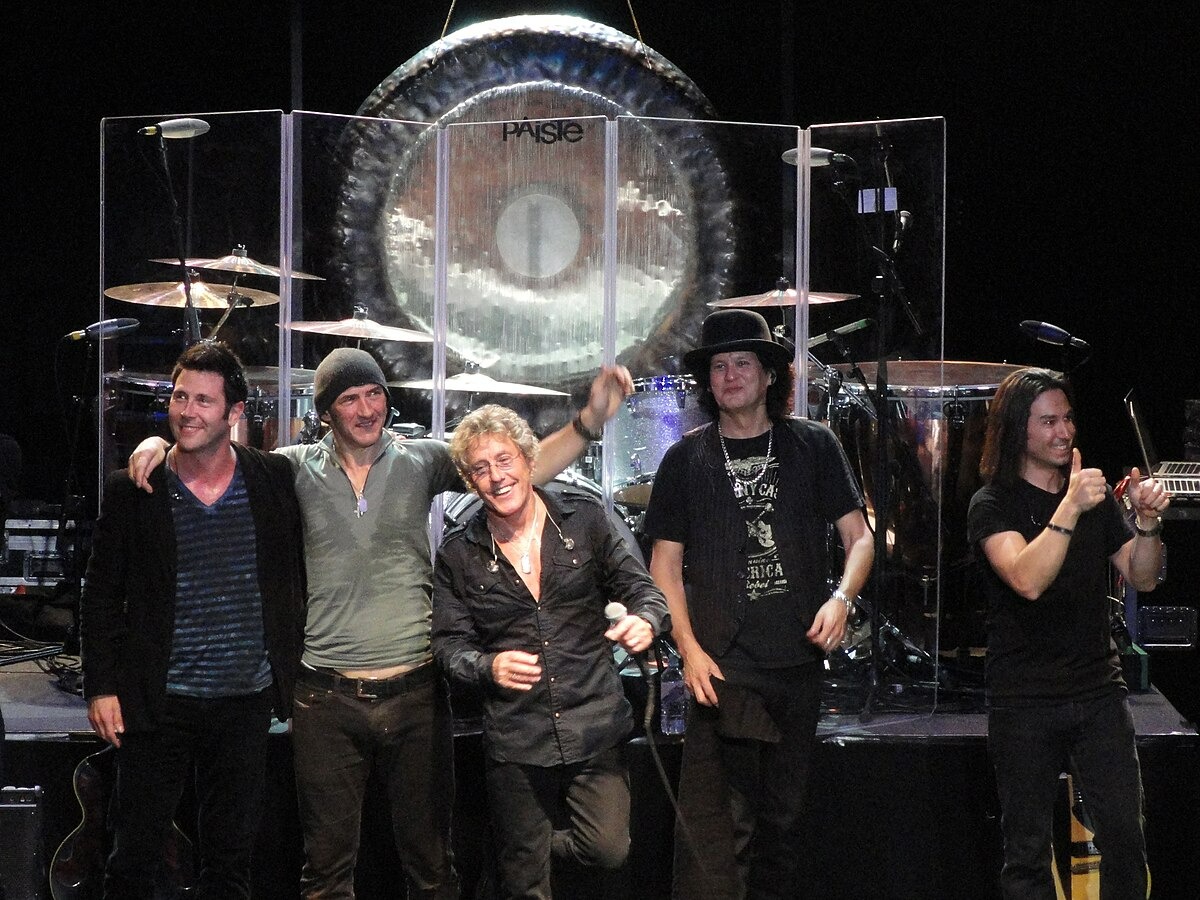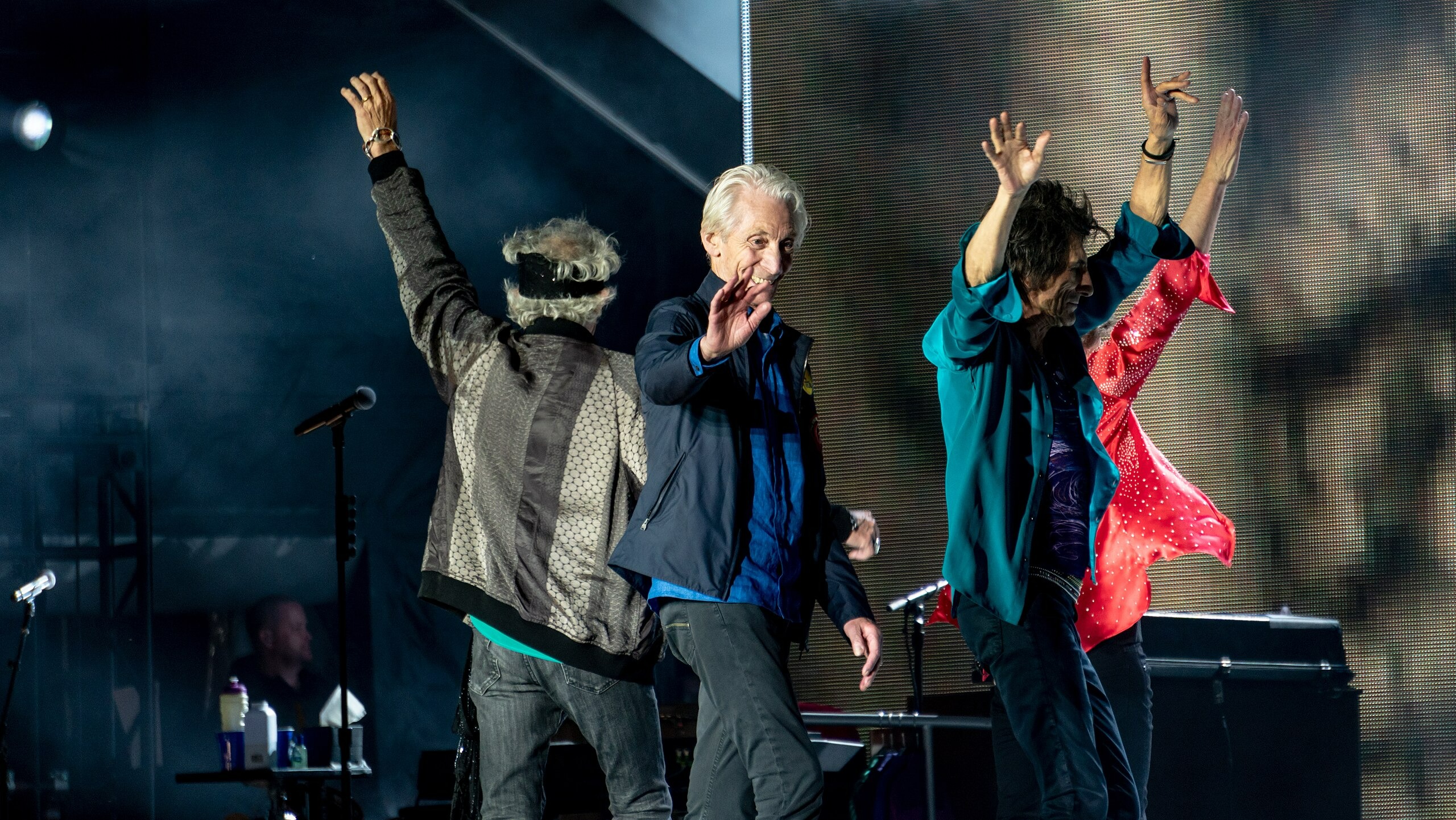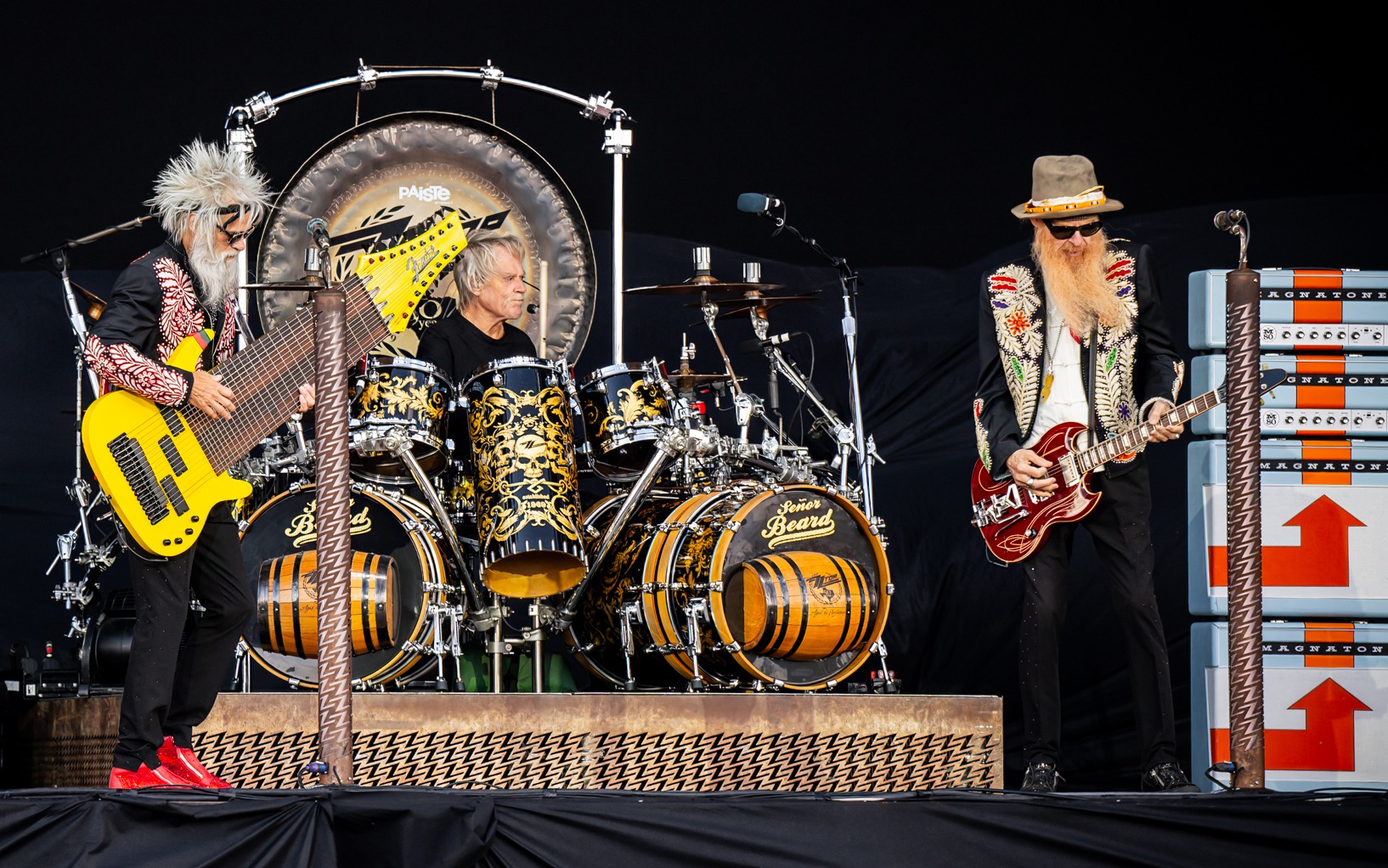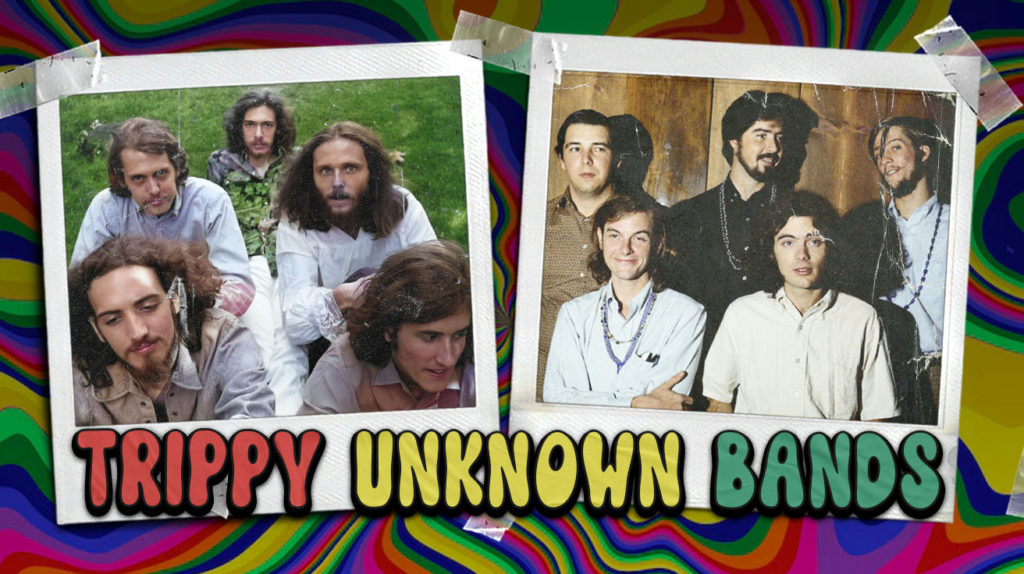
The Summer of Love gets all the credit, but the real psychedelic revolution happened in basement studios and forgotten venues. These bands didn’t chase radio play or Billboard charts. They chased something stranger — pure sonic exploration that would ripple through decades of music. From San Francisco’s improvisational masters to Boston’s misunderstood visionaries, these artists crafted sounds that still feel alien today. Their influence spans from modern psych rock to electronic music, yet most casual listeners have never heard their names. Many of these artists are also featured in our exploration of mind-bending ’60s rock that still feels ahead of its time, highlighting their revolutionary contributions to music history. Ready to discover the bands that actually invented the future?
15. Captain Beefheart
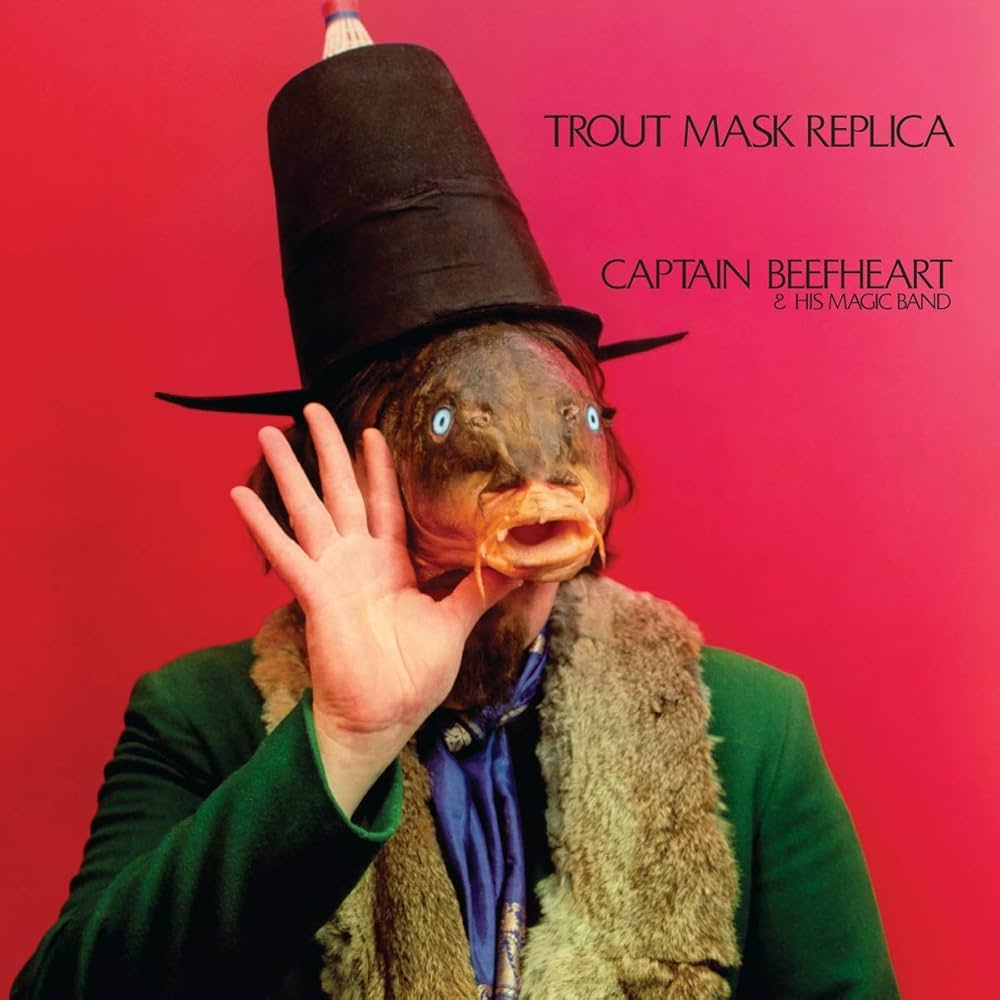
Captain Beefheart’s Magic Band created psychedelic music that sounded like it originated on another planet. Don Van Vliet’s growling vocals and unconventional song structures defied every musical convention. Trout Mask Replica challenged listeners with its complex rhythms and surreal lyrics.
Their influence on alternative rock, art rock, and experimental music continues growing decades after their peak. The Magic Band’s disciplined chaos required virtuoso musicians who could execute Van Vliet’s impossible visions. Their legacy proves that psychedelic music’s boundaries extend far beyond peace and love.
14. Quicksilver Messenger Service
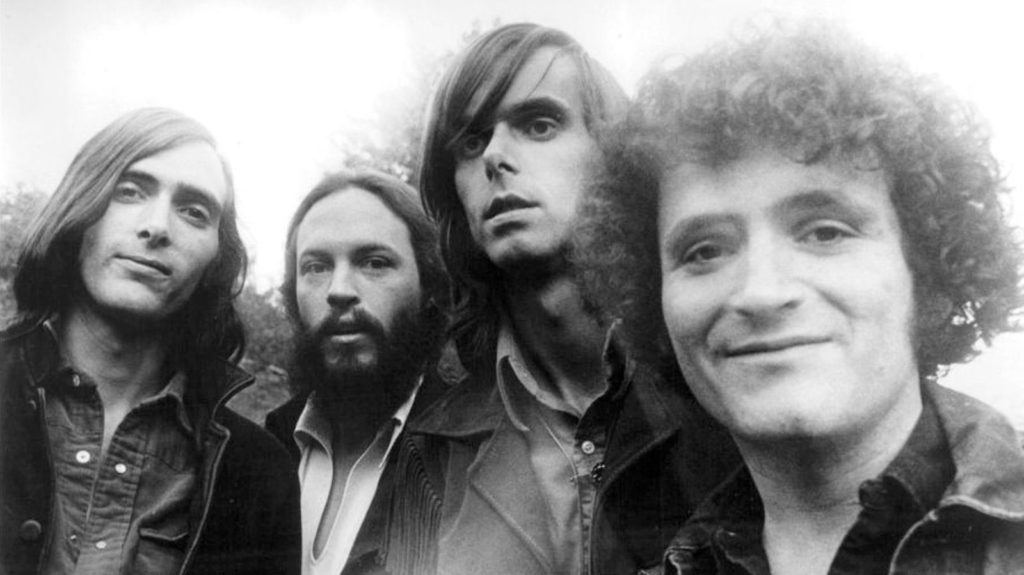
San Francisco’s Quicksilver Messenger Service treated songs like jazz musicians treat standards — as launching pads for twenty-minute odysseys. While contemporaries crafted radio-friendly singles, Quicksilver built their reputation on live improvisation that could stretch one song across an entire set. Their approach influenced jam bands decades before the term existed.
Concert recordings capture their magic better than studio albums ever could. The Dead got famous, but Quicksilver mastered the art of collective musical telepathy that made every show unpredictable. Their legacy lives in every band that values exploration over commercial appeal.
13. Ultimate Spinach
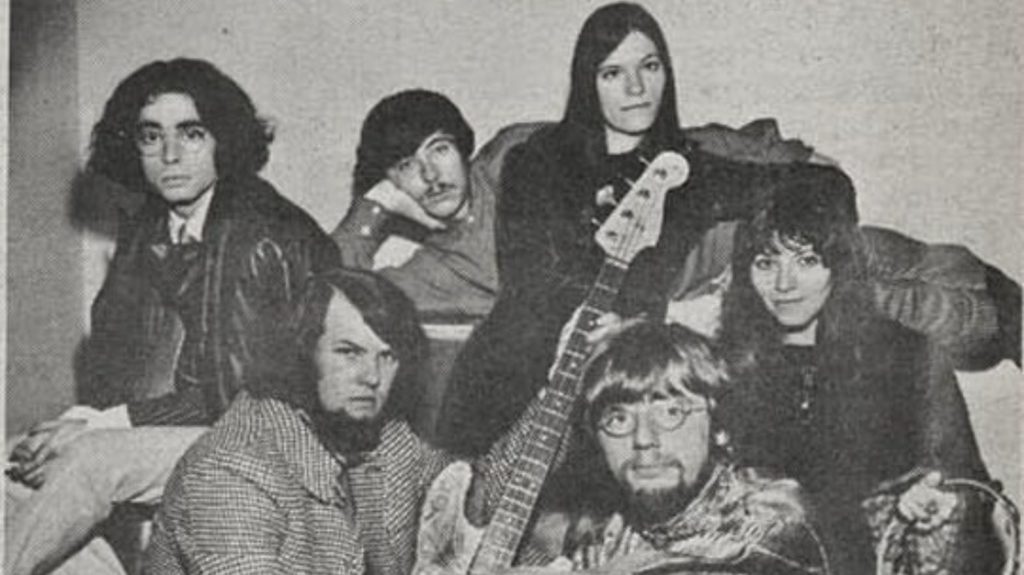
Boston’s Ultimate Spinach arrived with orchestral arrangements that made Sgt. Pepper sound simple. The music press branded them as manufactured hype, missing the point entirely. Their layered compositions required multiple listens to decode — a commercial death sentence in the singles era.
Fifty years later, their complexity sounds prophetic rather than pretentious. Modern psych rock owes them a debt for proving that psychedelic music could be both intricate and emotionally resonant. Barbara Hudson’s vocals alone deserved better recognition than they received.
12. The United States of America
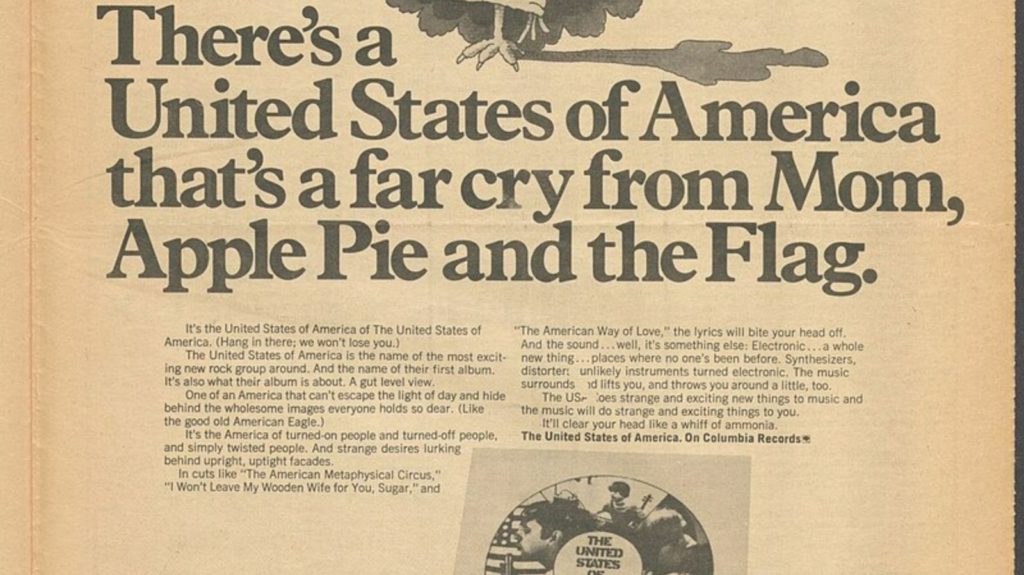
Joseph Byrd’s United States of America sounded like transmissions from 2001 — recorded in 1967. They pioneered electronic manipulation when most bands were still figuring out fuzz boxes. The Moog synthesizer wasn’t an accent in their music; it was the lead instrument.
Their self-titled album predicted electronic music’s future with startling accuracy. Track down “The American Metaphysical Circus” and hear how they made analog synthesizers sound like digital prophecy. Kraftwerk learned from these guys, even if they never admitted it.
11. The Chocolate Watch Band
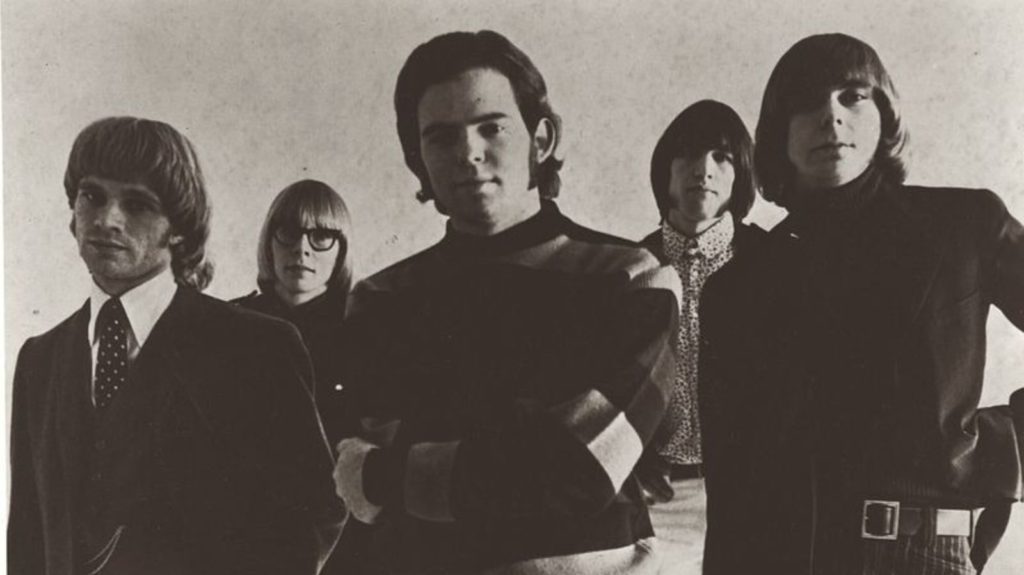
Garage rock’s wild children, The Chocolate Watch Band, injected psychedelic elements without losing their raw edge. They proved you didn’t need studio polish to achieve mind-bending effects. Their fuzz-drenched guitar work influenced punk rock as much as psych revival bands.Management issues derailed their trajectory right as their sound crystallized. “Come On” showcases their ability to balance aggression with experimentation. Their story serves as a cautionary tale about the music industry’s ability to waste genuine talent.
10. The West Coast Pop Art Experimental Band
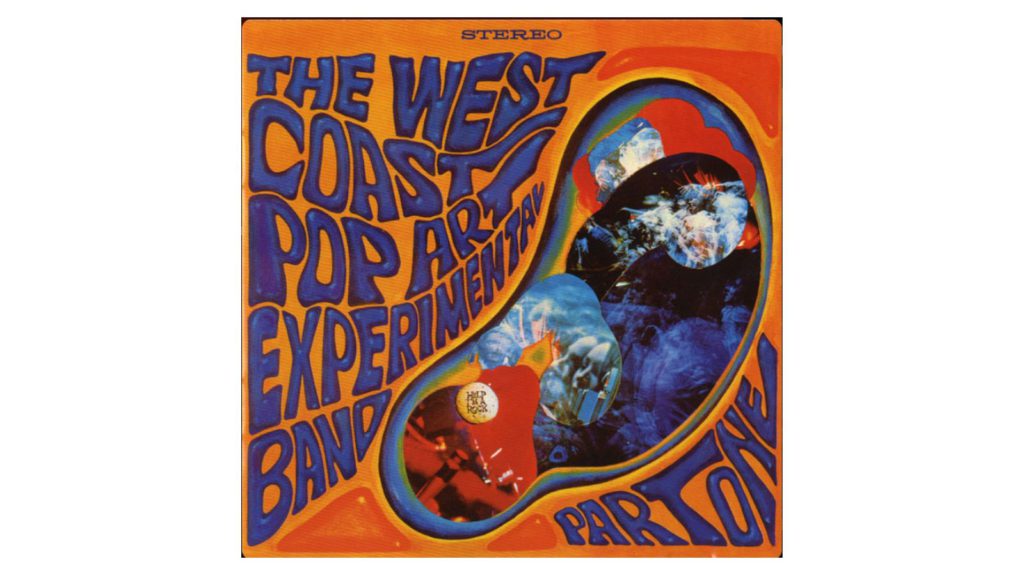
The West Coast Pop Art Experimental Band crafted beautiful chaos that defied every commercial instinct. Their name accurately warned listeners about the experimental journey ahead. Combining folk harmonies with avant-garde production created music that felt both accessible and alien.
Their albums reward deep listening with hidden melodic gems buried in walls of sound. Modern experimental acts still reference their willingness to sabotage conventional song structures. They understood that psychedelic music should challenge listeners, not comfort them.
9. The Electric Prunes
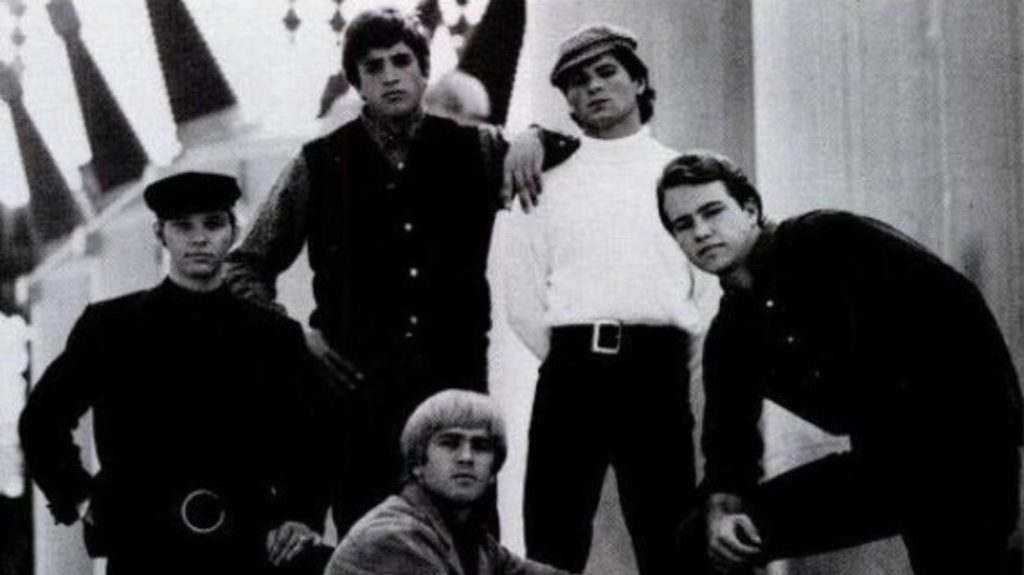
“I Had Too Much to Dream (Last Night)” gave The Electric Prunes their moment of mainstream success. Then they recorded Mass in F Minor — a full Latin mass arranged for electric guitars and drums. The commercial suicide was complete, but the artistic statement was unprecedented.
Their trajectory from garage rock to religious experimentation captured psychedelia’s boundary-pushing spirit. Modern listeners can appreciate their courage to alienate fans for artistic growth. Few bands have made such a dramatic creative leap and survived to tell about it.
8. Strawberry Alarm Clock
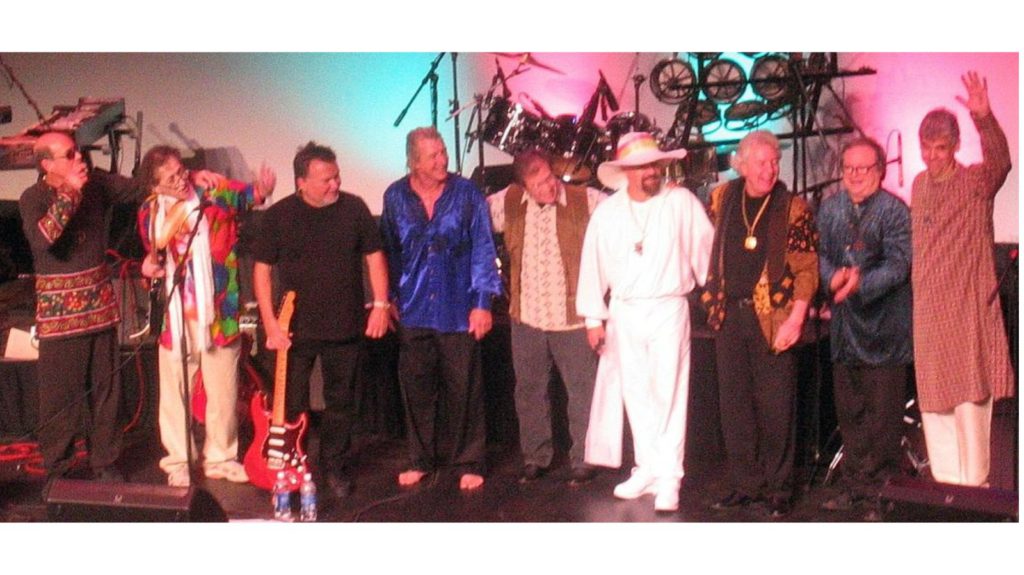
“Incense and Peppermints” bottled the Summer of Love’s essence into three perfect minutes. Strawberry Alarm Clock created the most quintessential psychedelic single of the era. The song’s success overshadowed their other work, but that single moment defined an entire cultural movement.
Their follow-up albums showed depth beyond their hit, but changing musical trends left them behind. Sometimes one perfect song is enough to secure a band’s place in history. Radio still plays their anthem whenever it needs to transport listeners back to 1967.
7. Moby Grape

Moby Grape possessed every ingredient for superstardom: incredible songs, tight harmonies, and genuine chemistry. Their debut album remains a masterpiece of American rock music. Then their record label simultaneously released five singles, confusing radio programmers and diluting their impact.
Legal battles and personal conflicts destroyed their momentum just as their reputation peaked. Their story illustrates how external forces can derail even the most talented groups. Don Stevenson’s drumming and Skip Spence’s songwriting deserved better than industry incompetence. Their story stands alongside other transformative acts featured in our From Psychedelic to Soul guide, which showcases the era’s essential bands for any serious playlist.
6. Kaleidoscope UK
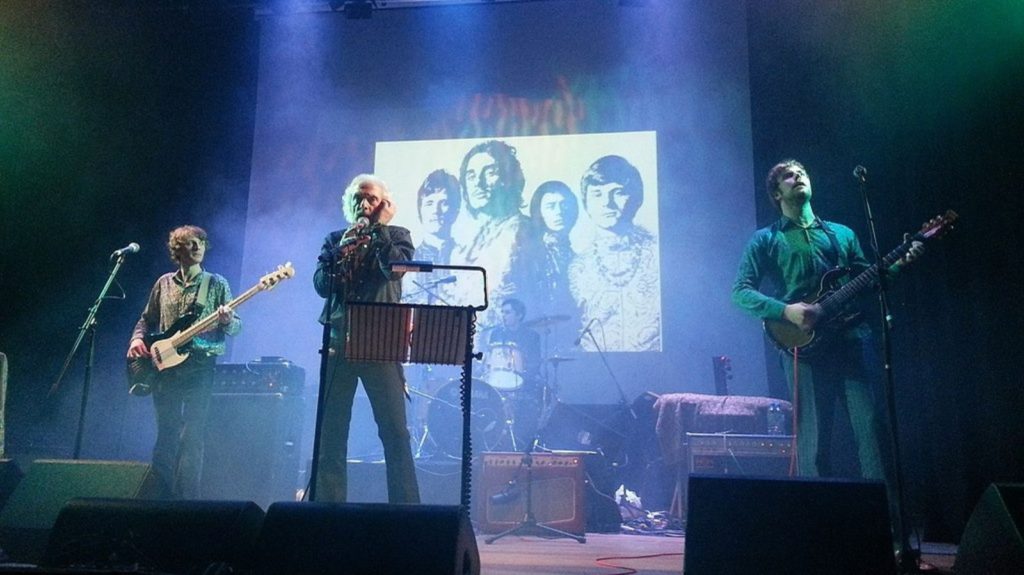
British folk traditions met psychedelic experimentation in Kaleidoscope’s sonic laboratory. Their approach differed from American psychedelia by incorporating traditional instruments into modern arrangements. The results sounded like ancient rituals updated for the electric age.
“Flight from Ashiya” demonstrates their ability to create cinematic soundscapes that transport listeners to otherworldly realms. Collectors prize their albums for good reason — they captured a unique moment when folk and psych rock merged perfectly. Their influence appears in modern neo-folk acts worldwide.
5. Love
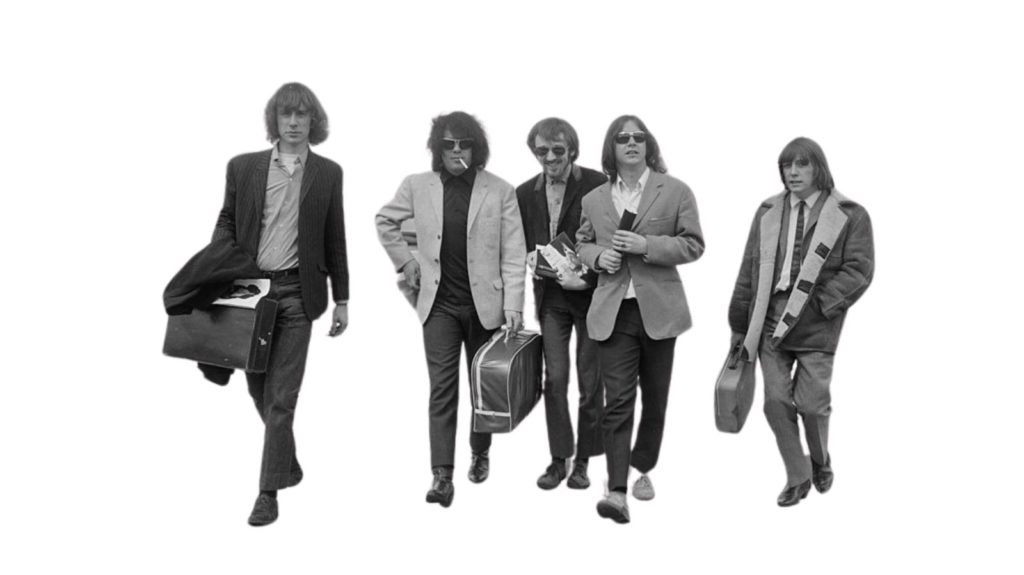
Forever Changes stands as psychedelic music’s most emotionally complex achievement. Love combined Arthur Lee’s apocalyptic visions with Bryan MacLean’s romantic melodies to create something profound and unsettling. The album’s commercial failure seemed inevitable given its challenging themes.
Critics now rank Forever Changes among rock’s greatest albums, but recognition came too late for the band. Their refusal to tour limited their reach, but preserved their mystique. The album’s influence on indie rock and alternative music proves that commercial success doesn’t determine artistic impact.
4. The Pretty Things

S.F. Sorrow arrived before Tommy, making The Pretty Things the true pioneers of rock opera. Their concept album followed one character’s journey from birth to death through interconnected songs. The Who received credit for inventing the form, but The Pretty Things got there first.
Poor promotion and unfortunate timing buried their achievement. Modern listeners can appreciate their groundbreaking narrative structure and ambitious arrangements. Their influence on progressive rock and concept albums established a template that countless bands would follow.
3. The 13th Floor Elevators
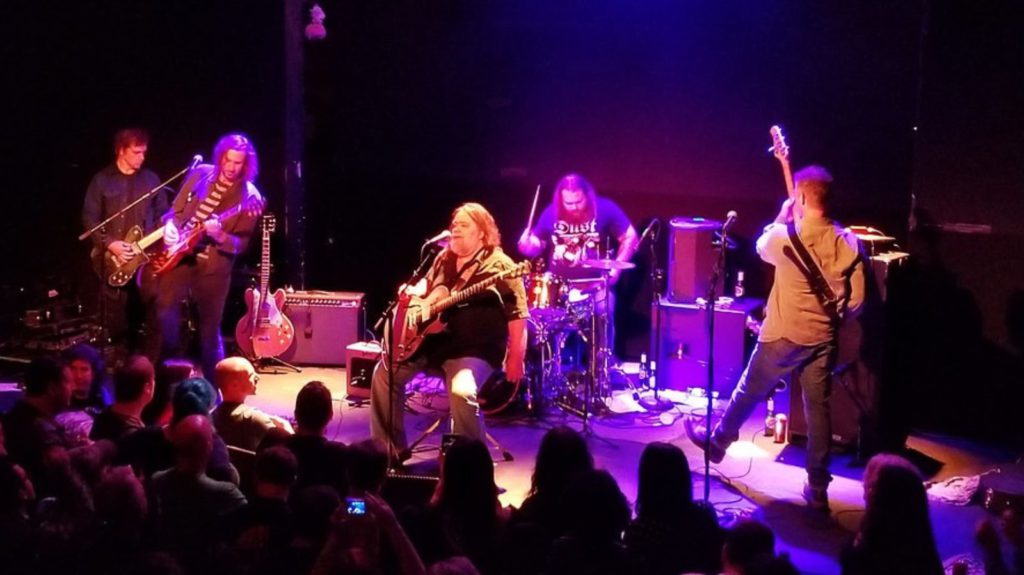
Roky Erickson’s 13th Floor Elevators didn’t just play psychedelic music — they invented the term. Their raw, lysergic sound captured the genre’s consciousness-expanding goals better than any polished production. Tommy Hall’s electric jug added a unique sonic signature that no other band could replicate.
The Psychedelic Sounds of the 13th Floor Elevators remains the genre’s most authentic document. Their influence on garage rock, punk, and alternative music proves that innovation matters more than commercial appeal. Every band that uses reverb and distortion owes them a debt.
2. The Red Krayola
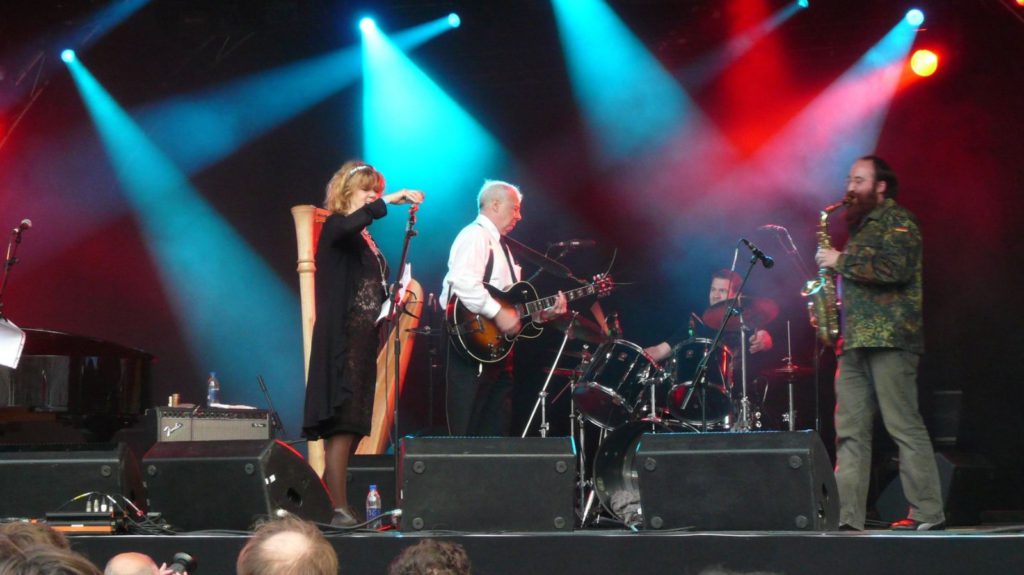
The Red Krayola approached psychedelic music like abstract painters approach canvas — with complete disregard for conventional rules. Their improvisational approach produced moments of brilliant chaos that influenced art rock and post-punk movements. The Parable of Arable Land challenged every assumption about what rock music could be.
Their uncompromising vision attracted fellow experimentalists while confusing mainstream audiences. Modern experimental acts still reference their willingness to prioritize artistic exploration over listener comfort. They proved that psychedelic music could be genuinely avant-garde without losing its rock foundation.
1. Lothar and the Hand People
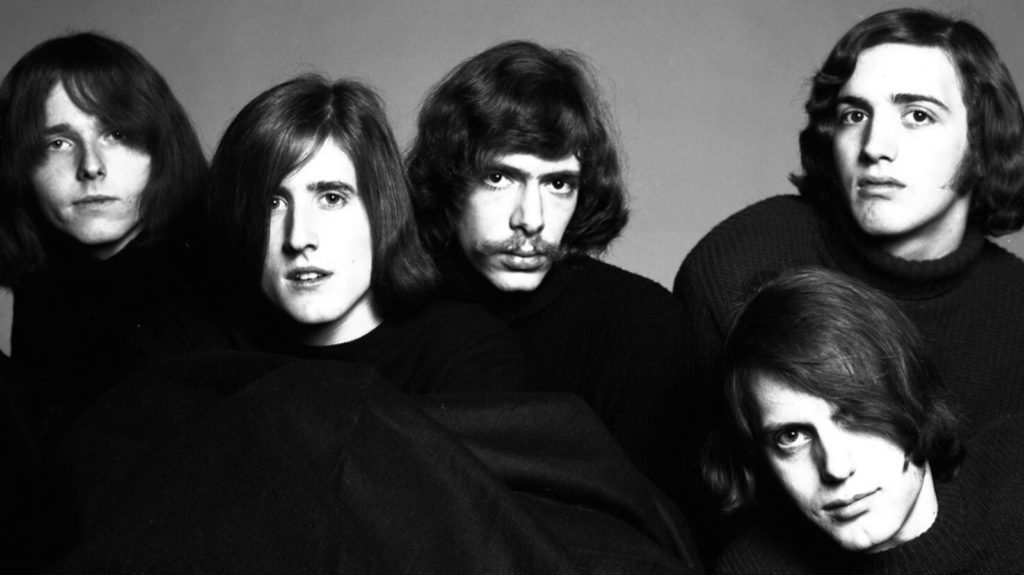
Lothar and the Hand People embraced electronic instruments when most psychedelic bands relied on traditional rock setups. Their Moog synthesizer work predicted electronic music’s future impact on popular culture. The theremin’s ghostly presence in their arrangements created an otherworldly atmosphere that pure guitar bands couldn’t match.
Their prescient use of technology influenced electronic music pioneers and modern psych rock acts equally. Space Rock and Machines album showcased their ability to blend human musicianship with electronic manipulation. They understood that psychedelic music’s future lay in technological exploration, not just pharmacological inspiration.




